Your cart is currently empty!
Dyslexia Liberation Sans Color Font
What sets this font apart is the integration of color coding, an innovation in Dyslexia Liberation Sans Color Font.
Description
Dyslexia Liberation Sans Family Color Font by Simon Blake
The Dyslexia Liberation Sans Family Color Font, crafted by Simon Blake, represents a transformative step forward in inclusive typography designed specifically to aid individuals with dyslexia. Combining modern sans-serif aesthetics with scientifically-informed color coding, this font family aims to break down barriers to reading, making text more accessible, engaging, and less frustrating for neurodiverse readers. Whether used in digital interfaces, print media, educational resources, or assistive tools, Dyslexia Liberation Sans offers a versatile, user-centered solution rooted in research and real-world application.
Introduction to Dyslexia Liberation Sans
The Dyslexia Liberation Sans Family is a thoughtfully designed typeface series that emphasizes simplicity, clarity, and differentiation. Its clean, contemporary lines reduce visual clutter, help maintain focus, and improve legibility for those with dyslexia. The font’s characteristics—such as well-spaced letters, open forms, and distinct shapes—are engineered to minimize common reading errors like letter reversals and crowding. This is achieved through subtle yet impactful modifications, improving reading fluency and comprehension.
What sets this font apart is the integration of color coding, an innovative feature inspired by educational strategies and cognitive science research. The purpose is to provide visual cues that guide the reader’s eye, enhance letter and word recognition, and foster independence and confidence in reading.
Key Features of the Dyslexia Liberation Sans Family
1. Modern Sans-Serif Design for Clarity and Simplicity
The font features a sleek sans-serif design with smooth, uncomplicated character shapes. Its minimalistic style reduces extraneous visual information, allowing the reader to focus on the text itself. The clean lines facilitate faster recognition and reduce cognitive load, enabling quicker decoding and smoother reading flow.
2. Distinctive Letter Differentiation
Building upon principles of dyslexia-friendly typography, the font includes subtle shape modifications to differentiate commonly confused letters such as “b”, “d”, “p”, and “q”. These differences are crucial in reducing reversals and mixing up similar characters, which are frequent hurdles for dyslexic readers. The wide spacing and open counters further support letter identification by offering clear visual separation.
3. Color Coding Integration
The pivotal feature of the Dyslexia Liberation Sans Family is its systematic use of color to support reading. Each letter, or more commonly, specific groups of letters (such as vowels, consonants, or frequently confused pairs), is assigned a designated color. This multisensory approach leverages visual cues to assist recognition, decoding, and retention.
For example:
- Vowels might be highlighted in warm tones like red, orange, or yellow.
- Consonants could be in cooler shades such as blue or green.
- Common letter pairs or confusing letter groups are color-coded to aid discrimination.
This color coding serves multiple purposes:
- Helps readers distinguish similar-looking letters visually.
- Supports memory recall for letter and word recognition.
- Reduces visual stress and improves focus during reading tasks.
- Provides a multisensory learning experience that engages visual and cognitive pathways.
4. High-Contrast and Adjustable Color Schemes
The font family is compatible with various background and text color combinations, offering flexibility for different readers’ needs. The color assignments are chosen to maximize contrast while remaining comfortable for prolonged reading sessions. Users can adapt the palette or create custom color schemes that suit personal preferences or reading environments.
5. Increased Letter and Word Spacing
Enhanced spacing practices help reduce crowding effects, which are common difficulty points in dyslexia. Larger spacing between letters and words improves tracking, reduces visual confusion, and supports easier decoding.
6. Multiple Weights and Styles for Versatility
The Dyslexia Liberation Sans Family includes various font weights—from Light to Bold—providing versatility across different applications such as headings, body text, or emphasis. This flexibility ensures consistency in reading support across multiple media formats.
How Color Coding Enhances Reading Capabilities
The core innovation of the Dyslexia Liberation Sans Family lies in how color transforms the reading experience, especially for those with dyslexia. Here’s how:
1. Improved Letter Differentiation
Colors act as visual anchors, helping readers quickly differentiate between similar letters. This reduces the tendency to confuse “b” with “d” or “p” with “q,” which are common stumbling blocks. When these letters are associated with distinct colors, the brain more readily encodes and retrieves their identities.
2. Increased Reading Speed and Fluency
Color cues facilitate faster decoding by providing additional context. When a reader recognizes a letter’s color pattern, decoding becomes more automatic, leading to improved reading fluency. This leads to less strain, greater confidence, and a more positive reading experience.
3. Enhanced Memory and Recognition
Color coding reinforces learning by creating visual associations. Readers can more easily remember letter shapes and their corresponding sounds when linked with specific colors. Over time, this multisensory reinforcement helps develop automatic recognition, which is essential for fluent reading.
4. Reduced Visual Stress and Fatigue
For many with dyslexia, reading can be fatiguing and stressful, especially with densely packed or monochrome text. The use of gentle, thoughtfully selected colors alleviates eye strain, creating a more comfortable reading environment. This can encourage longer reading sessions and foster a love for reading.
5. Greater Focus and Engagement
Colorful text is inherently more engaging and can help maintain focus, especially for children or learners who are easily distracted. Visual cues provided by color help to organize information, maintain attention on the text, and make reading less monotonous.
6. Support for Visual Discrimination and Attention
Color coding guides the eyes through the text, supporting smooth tracking from letter to letter, word to word. It helps in visual discrimination of similar characters and words, which is often a challenge, thereby improving overall reading accuracy.
Applications and Practical Benefits
The Dyslexia Liberation Sans Family with Color is designed to be used across diverse educational and assistive contexts:
- Digital Displays: Enhancing websites, eBooks, and apps with accessible fonts that support dyslexic readers.
- Printed Materials: Books, worksheets, and signage can incorporate these fonts for better readability.
- Educational Tools: Supporting literacy programs tailored for learners with dyslexia.
- Workplace and Public Spaces: Signage, forms, and documents can be made more accessible, fostering inclusivity.
A key benefit is promoting independence among dyslexic readers by reducing reliance on aids, encouraging confidence, and enabling a more seamless interaction with written text.
Conclusion
The Dyslexia Liberation Sans Family Color Font by Simon Blake stands at the intersection of modern typography, cognitive science, and inclusive design. Its combination of a clean, sans-serif style with strategic use of color coding creates a powerful tool for students, educators, designers, and anyone seeking to make reading accessible for all. By harnessing the benefits of color—improving differentiation, memory, speed, and comfort—this font family aims to transform the reading experience for those with dyslexia, opening doors to greater literacy, confidence, and opportunity.
About The Author:
My name is Simon Blake. I am passionate about improving literacy, especially for actors who often struggle with reading scripts. I founded EmotionalPreparation.com and ImprovedDyslexia.com to support individuals facing these reading challenges.
Despite the difficulties, I’ve studied over 8,000 acting classes and accumulated more than 24,000 hours of just those classes time training, emphasizing how vital reading skills are for actors to deliver authentic performances. In addition to 8000 acting classes, I was privately trained as a film actor in classes for years daily that were between 6 and 9 hours long each class.
I believe that accessible literacy is essential for actors to confidently interpret scripts, express emotions, and succeed in their craft. My work aims to bridge the gap between literacy and performing arts.
Please let me and my team know feedback to improve dyslexia and fonts to help reading.
Thank you.
Simon.
Related products
-
Decode Ease Color Font
$5.99Original price was: $5.99.$2.99Current price is: $2.99. -
Vivid Letters Color Coded Font
$6.99Original price was: $6.99.$2.99Current price is: $2.99. -
Dyslexia Topt Color Coded Font
$5.99Original price was: $5.99.$2.99Current price is: $2.99. -
Dyslexia Light Color Coded Font
$7.99Original price was: $7.99.$2.99Current price is: $2.99. -
Dyslexia Liberation Serif Color Font
$5.99Original price was: $5.99.$2.99Current price is: $2.99.
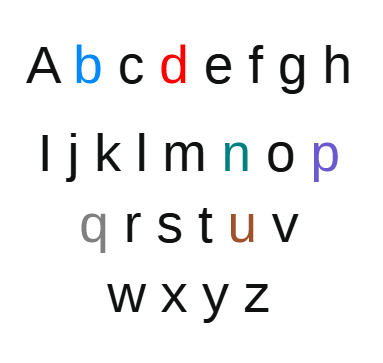

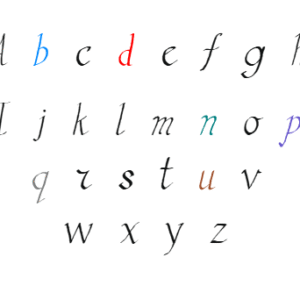
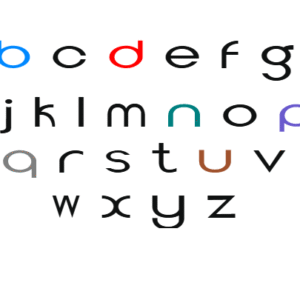
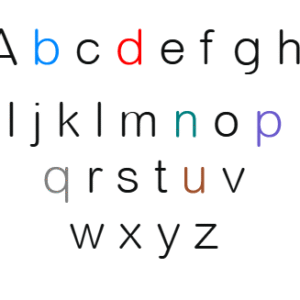
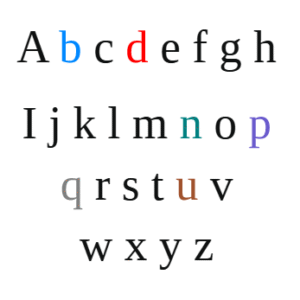
Reviews
There are no reviews yet.